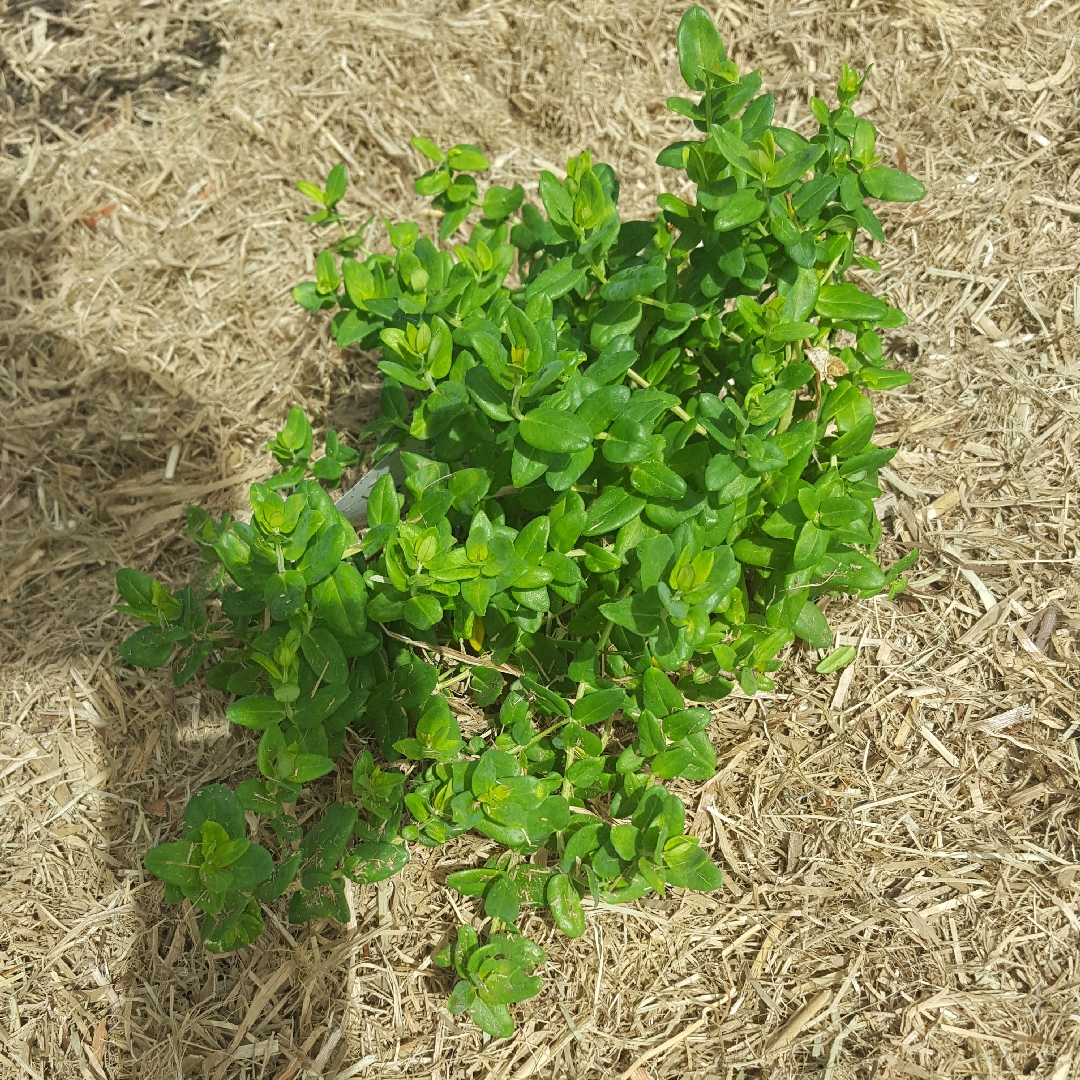
Polygala myrtifolia x oppositifolia 'Little Bibi' syn. Polygala myrtifolia x oppositifolia 'Polylab'
Dwarf Sweet Pea Bush 'Little Bibi'
Polygala can be annuals, evergreen perennials or shrubs. The leaves are simple, and the pea-like flowers appear in clusters in Spring. In fact the flowers are different from pea flowers in that they lack the standard, and have two wings and a keel. Polygala myrtifolia, native to Western Cape, South Africa, is an evergreen shrub, usually growing to around 0.6 - 1.8 m. - although it can grow into a small tree up 4m. in height- with a few upright-growing stems and myrtle-like leaves densely covering slender branches. It can also grow into a small tree reaching almost 4 m high. The flowers are followed fruit which is a small, winged capsule. 'Little Bibi' has a naturally compact, ball-shaped habit. It is well suited to coastal areas as it has high resistance to salt, and is also frost hardy. Grows 1m x 1m.
Contributed by @kasccr
-
Full sun
-
Occasional watering
-
A little frost hardy: 32F (0°C)
-
Moist and free draining
Common name
Dwarf Sweet Pea Bush 'Little Bibi'
Latin name
Polygala myrtifolia x oppositifolia 'Little Bibi' syn. Polygala myrtifolia x oppositifolia 'Polylab'
type
Herbaceous Perennials
family
Polygalaceae
ph
5.5 - 8.5 Acid - Neutral
Plant & bloom calendar
-
Best time to plant
-
When the plant will bloom
full grown dimensions
 1.00 M
1.00 M
1.00 M
1.00 M
Polygala myrtifolia x oppositifolia 'Little Bibi' syn. Polygala myrtifolia x oppositifolia 'Polylab'
Polygala can be annuals, evergreen perennials or shrubs. The leaves are simple, and the pea-like flowers appear in clusters in Spring. In fact the flowers are different from pea flowers in that they lack the standard, and have two wings and a keel. Polygala myrtifolia, native to Western Cape, South Africa, is an evergreen shrub, usually growing to around 0.6 - 1.8 m. - although it can grow into a small tree up 4m. in height- with a few upright-growing stems and myrtle-like leaves densely covering slender branches. It can also grow into a small tree reaching almost 4 m high. The flowers are followed fruit which is a small, winged capsule. 'Little Bibi' has a naturally compact, ball-shaped habit. It is well suited to coastal areas as it has high resistance to salt, and is also frost hardy. Grows 1m x 1m.
Flowering
From Early Spring TO Early Autumn
Clusters of somewhat pea-like purple, or pink flowers appear, in Spring, Summer and Autumn
Planting
From Mid Spring TO Late Spring
Plant in moist, fairly fertile, free-draining soil in a sheltered sunny or partially sunny site. Not frost hardy, so in cooler climes protect from frost, or grow in a container so that it can be brought indoors in colder months.
Propagating by cuttings
From Early Autumn TO Mid Autumn
Take semi- ripe cuttings from this season's growth in Autumn. Cut neatly, just below a leaf node, a 5" approx. piece of a healthy shoot that has soft growth at the tip. pinch out the growing tip, and cut off the bottom leaves. Dip the bottom of the cutting in hormone rooting powder, and carefully place in a pot of cutting compost with the leaves just above the level of the compost. Water, label, cover with a polythene bag, and place in a warm, bright place, out of direct sunlight. Take the polythene bag off periodically for a while for ventilation (at least twice a week)








